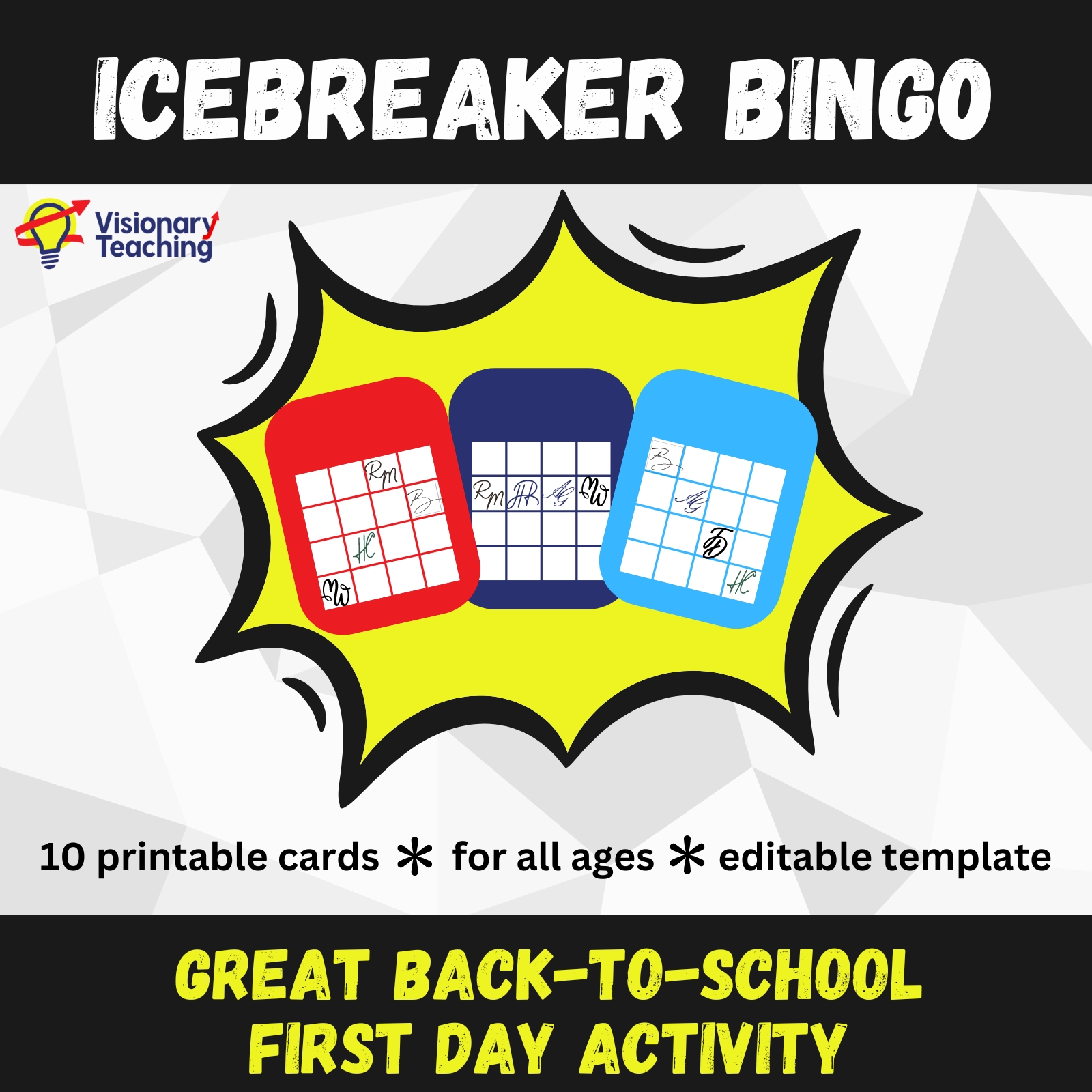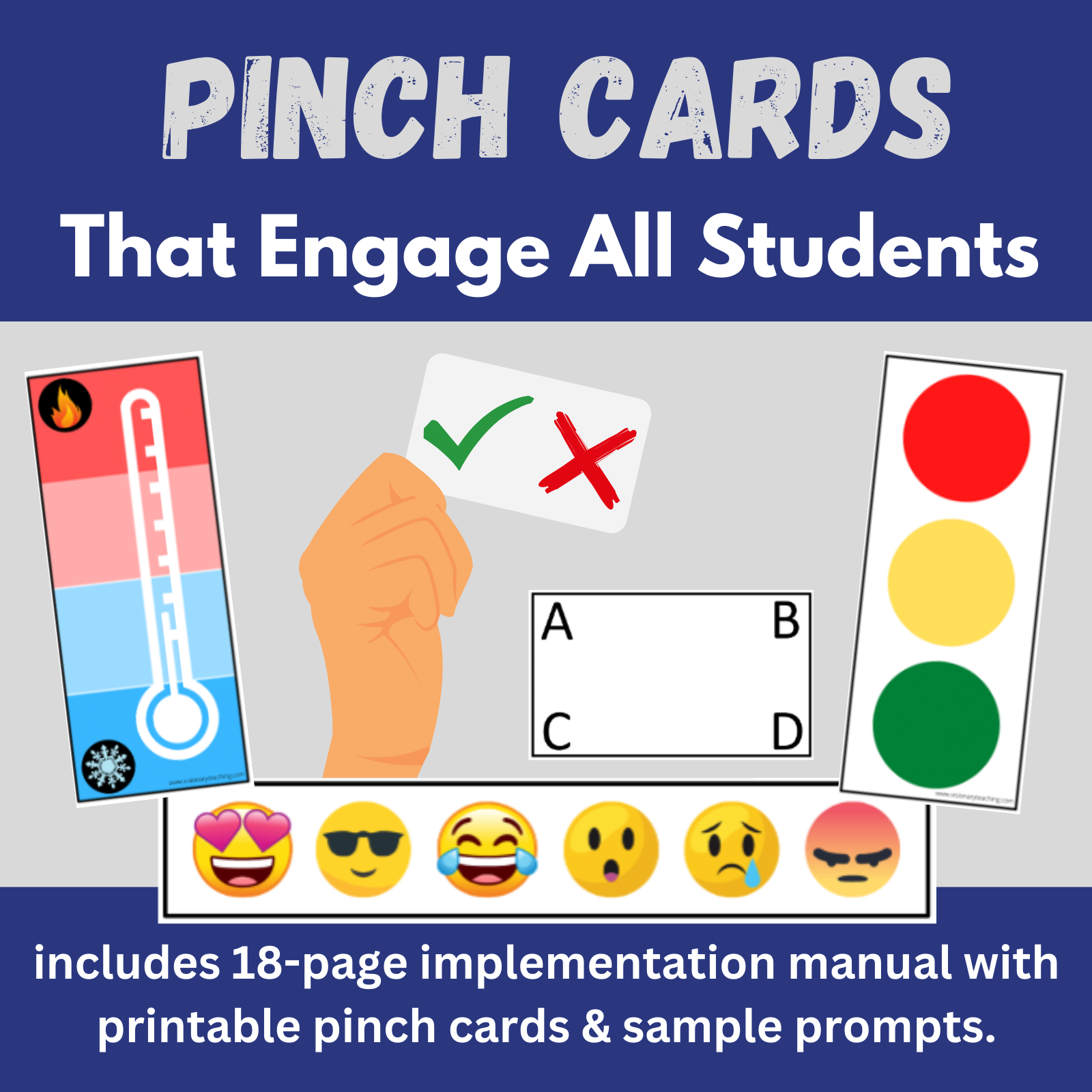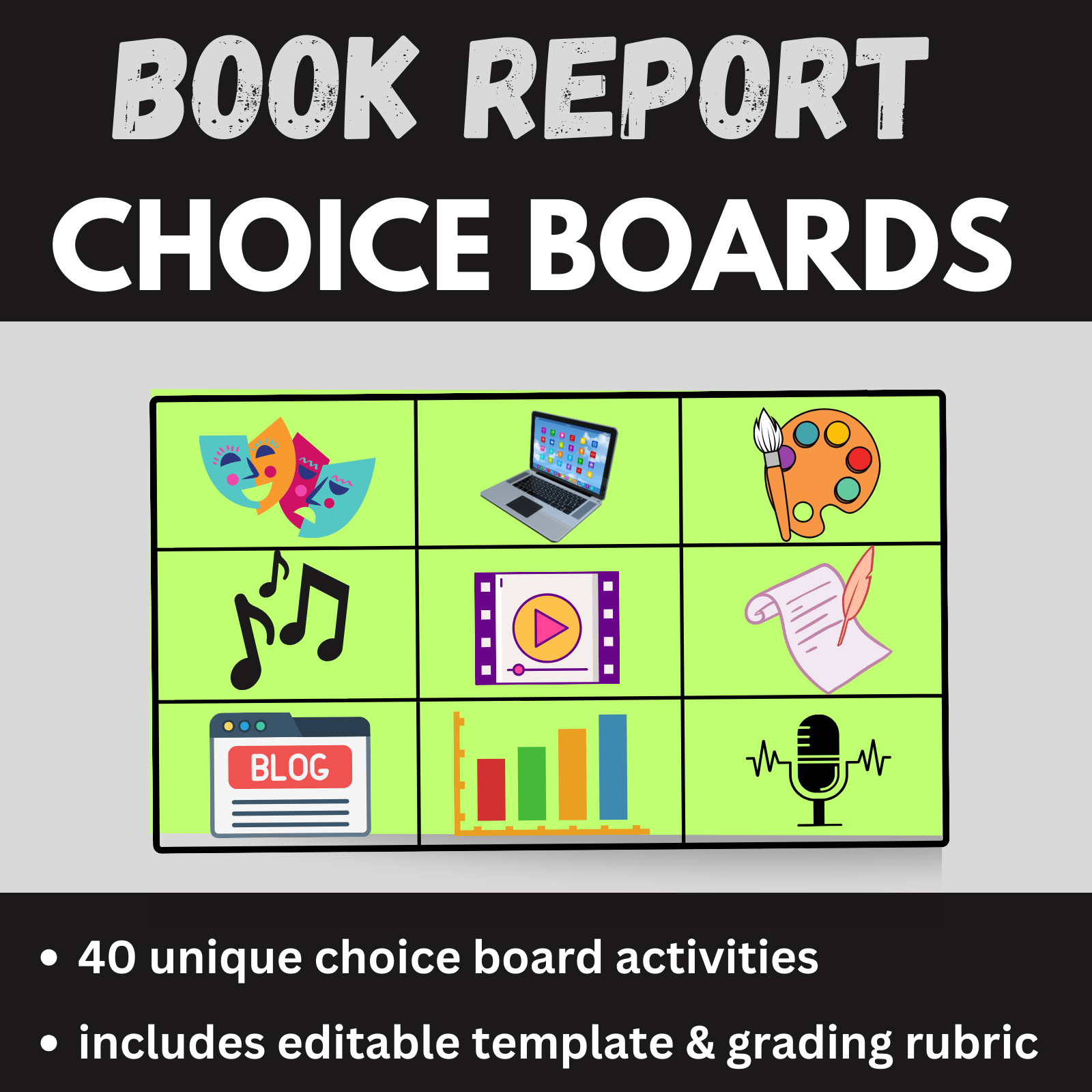
People love to make New Year’s resolutions, such as losing weight, getting better organized, or learning a new skill. New Year’s resolutions for teachers are important, too. The timing is perfect, as January is around the halfway point for most school years. If you find this blog post at another time of year, that is fine, too. It is always a good time to update our practices!
Visionary Teaching will offer teachers 15 potential New Year’s resolutions spread across three posts. Give them a read a pick one or two to implement
1) Offer your students more opportunities to make choices.
How frequently do you give your students choices? That is a very broad question. Students benefit from choices in how they are engaged, take in new information, or share what they have learned. These three tenants describe the concept of Universal Design for Learning.
We know that giving choices to students does a number of important things. First, it increases engagement, which is essential to learning. Students who get some say in how they learn tend to stay actively engaged longer and are more likely to retain what they have learned. Opportunities to make choices also help students develop self-determination skills.
Here are some ways to integrate student choice into your teaching practices:
- Offer choices of writing prompts, self-selected reading texts, or math mainpulaitves.
- Give choices in how new information is taken in by students- reading, watching a video, learning collaboratively with peers.
Choice board assessments- Choice boards offer a number of pre-determined options for students to select as a means of demonstrating mastery of an academic skill. It allows them to incorporate their strengths and interests into their work. Perhaps they will choose to take a written test, but many will jump at the chance to explore other options.

Will you make a resolution to increase opportunities for your students to make choices?
2) Praise students for their effort, rather than for their talent.
Carol Dweck’s study of praise and student mindset is a game changer. She found that students who are praised for talent tend to develop a fixed mindset and are reluctant to take academic risks. On the other hand, students who are praised for effort are more likely to develop a growth mindset and enjoy being challenged. Here is a wonderful summary of the research:
Will you make a resolution to be more aware of how you praise your students?
3) Add some new brain breaks to your repertoire.
Brain breaks are short activities that are designed to improve student focus and attention. They are typically unrelated to your academic content and require some combination of physical movement and problem solving. A great brain break improves blood and oxygen flow to the brain, helping students remain focused when you return to your lesson.

My observation is that the most popular brain breaks are dance videos. Many teachers use YouTube or Go Noodle to show short music videos that encourage students to stand up and move. There is nothing wrong with this type of brain break, but there are other options available, options that don’t require a computer.
Here are some great brain break ideas:
- for younger learners
- for older students
- for virtual learners
Will you make a resolution to adopt some new brain breaks for your face-to-face or virtual learning?
4) Use books with diverse characters.
Think about your favorite childhood storybooks. Would you say that those stories featured a diverse cast of characters? Were there characters who were similar to you?
Angela Ackerman talks about the importance of inclusivity and perception. Inclusivity prescribes that the characters in the texts that we use should be as diverse as our students. Diversity can include, but is not limited to, differences in race, ethnicity, culture, religion, ability/disability, and socioeconomic status. When children are able to see that characters who resemble them are included and accepted within the narratives of their stories, they may grow up with an expectation that they should be included.
Perception is equally important, as media can be a powerful factor in helping people form beliefs and ideas. If minority characters are consistently marginalized or vilified in stories, then unfair perceptions may form.
A quick Google search will uncover hundreds of book lists for various demographics. Here are a few:
- Business Insider has a list of storybooks featuring protagonists of color.
- Rebekah Gienapp published a great list of books that have characters with disabilities.
- Buzzfeed offers a list of young adult novels featuring diverse characters.
- We are Teachers recommends these titles with LGBT characters.
- Today’s Parent suggests some books that teach about socioeconomic differences.
Will you make a resolution to ensure that all of your students feel represented in their reading materials?
5) Give yourself permission to say no.
Here is an absolute truth: Great teachers who work hard and get results are often rewarded with extra responsibilities.
Here is another truth: If you are not happy and healthy, you will not be as effective in your job.
It is hard for most teachers to say no. Our desire to help others is what called us to this profession. That’s why this may be one of the simplest, yet most difficult New Year’s resolutions for teachers.
The best advice that I can give is to prioritize your professional goals and be sure that you devote enough time and attention to those pursuits. If you are asked to take on a new responsibility that does not align with one of your prioritized goals, then find a polite way to say no. I know that this probably goes against your core beliefs, but you need to reserve your time, attention, and brain power for teaching your students.
Will you make a resolution to be at peace with saying no?
These are a few potential New Year’s resolutions for teachers. Are you already excelling in some of these areas? Great! Give yourself a well-deserved pat on the back.
Did one of these ideas resonate with you? Select a goal for the coming year and focus on improving a bit each day.
Happy Teaching!




